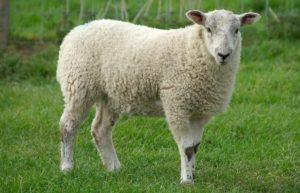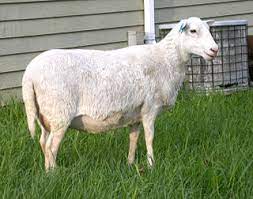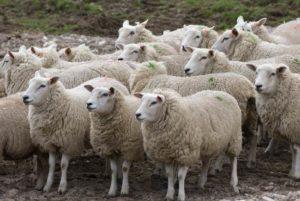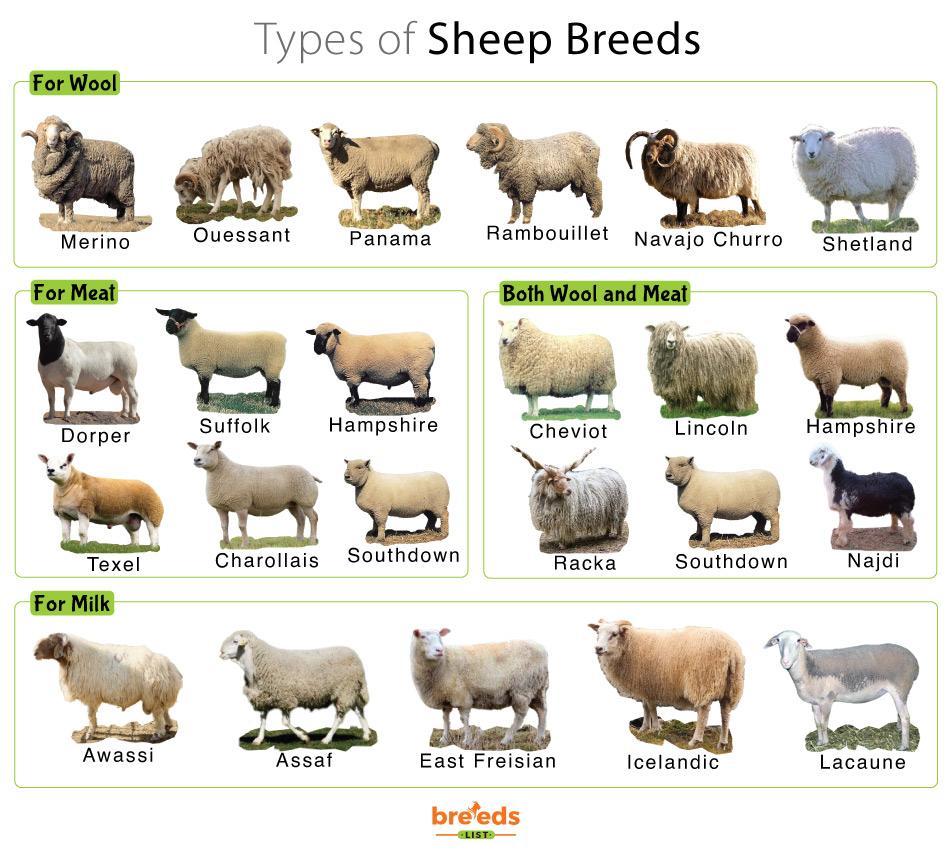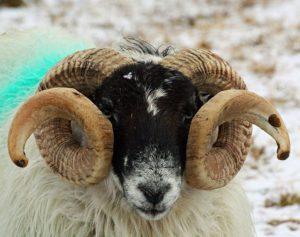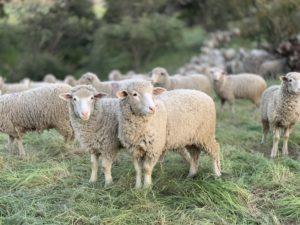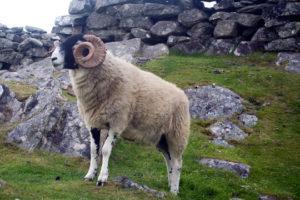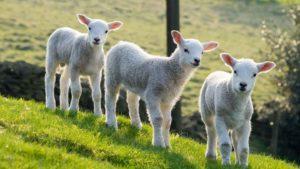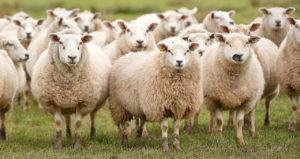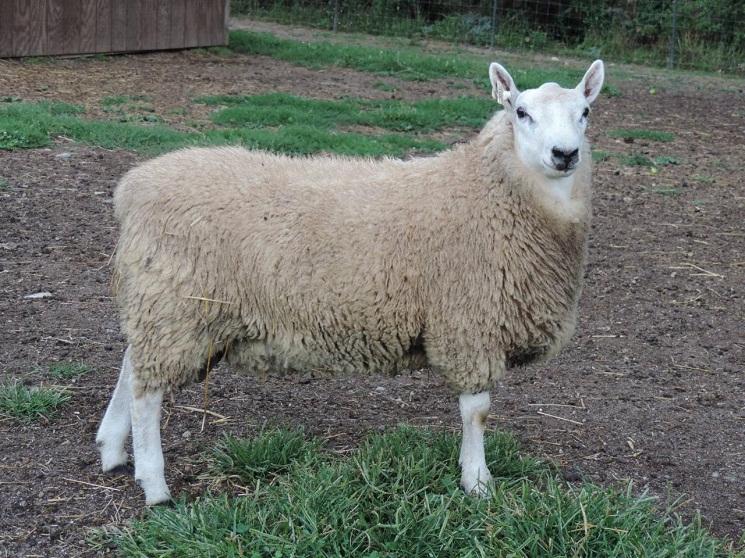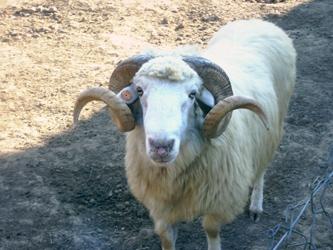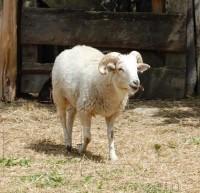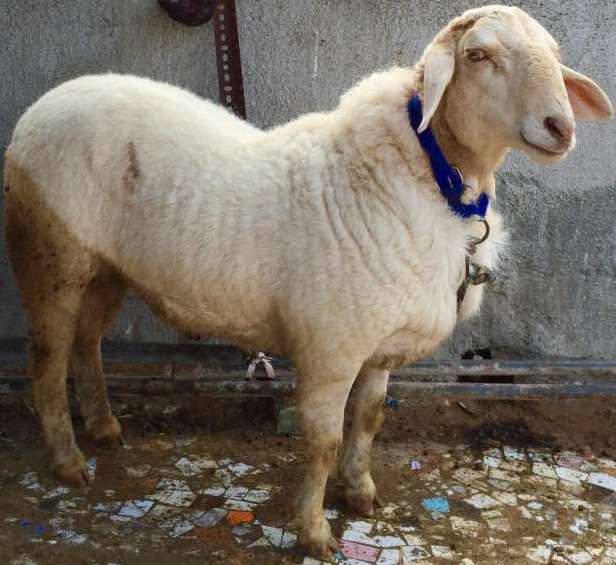Sheep
Sheep are hooved livestock, commonly known for producing wool. The term sheep almost always refers to domestic sheep raised on farms and not wild sheep. They are found all over the world, with estimates placing their population at over a billion.
Other than the wool and pelts provided by furry sheep breeds, their meat is a common food source. The name of the meat changes based on the age of the sheep, with it being called lamb for younger animals and mutton for older ones. They are also reared as dairy animals. Sheep have been used for scientific studies as a model organism to study disease in humans.
Types of Sheep Breeds
There are over 200 breeds of sheep currently present worldwide. These include hairless and hair sheep breeds used for dairy, wool, and meat. Some sheep are raised for dual purpose, producing both fleece and mutton. Even certain breeds, like the Najdi and Racka sheep, have a triple utility; shorn for their wool; milked to make dairy products and bred for their meat. Here is a list of breeds of sheep used in farming today:
For wool
- Merino Sheep
- Ouessant Sheep
- Panama Sheep
- Rambouillet Sheep
- Scottish Blackface Sheep
- Navajo Churro Sheep
- Shetland Sheep
- Bentheimer Landschaf Sheep
For meat
- Dorper Sheep
- Suffolk Sheep
- Charollais Sheep
- Priangan Sheep
- Texel Sheep
- Southdown Sheep
- Cameroon Sheep
- Katahdin Sheep
- Romanov Sheep
- Hampshire Sheep
- Soay Sheep
- Ladoum Sheep
- Jacob Sheep
- Wiltipol Sheep
- Uda Sheep
- Meatmaster Sheep
- Royal White Sheep
- Badger Face Welsh Mountain Sheep
- Wiltshire Horn Sheep
- Pelibüey Sheep
- Ryeland Sheep
- Santa Inês Sheep
- Île-de-France Sheep
- Barbados Black Belly Sheep
- Icelandic Sheep
- Balkhi Sheep
- Bannur Sheep
- Africana Sheep
- Adal sheep
- Algarve Churro Sheep
For wool and meat
- Valais Blacknose Sheep
- Cheviot Sheep
- Herdwick Sheep
- Lincoln Sheep
- Shropshire Sheep
- Racka Sheep
- Polypay Sheep
- Karakul Sheep
- Najdi Sheep
- Romney Sheep
- Corriedale Sheep
- Lonk Sheep
- Bardoka Sheep
- Acipayam Sheep
For milk
- Awassi Sheep
- Lacaune Sheep
- Zwartbles Sheep
- Assaf Sheep
- Sarda Sheep
- East Freisian Sheep
- Chios Sheep
History and Development
Researchers estimate that the modern sheep have a common ancestor in the mouflon, a wild sheep residing in the Middle East. The mouflon’s high reproductive rate and low aggression made them an ideal choice to be tamed by early men. They were one of the earliest animals to be reared by humans, and nowadays, most species of sheep that were once domesticated are dependent on humans for survival.
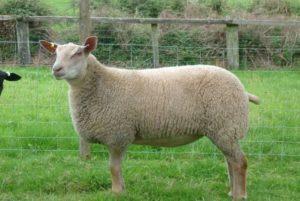 The period of their domestication ranges from 11000 – 8000 BC in Mesopotamia. While initially bred for food and their pelts, around 6000 BCE in Iran, sheep began to be raised for their wool specifically. In Europe, sheep husbandry spread to multiple regions, such as ancient Greece, where sheep were bred for fleeces. The Merino sheep’s wool funded many of their expeditions and conquests in Spain. In the Americas, while none of their wild variants were ever domesticated, domestic sheep arrived from Europe, starting with Christopher Columbus’ 2nd voyage in 1493.
The period of their domestication ranges from 11000 – 8000 BC in Mesopotamia. While initially bred for food and their pelts, around 6000 BCE in Iran, sheep began to be raised for their wool specifically. In Europe, sheep husbandry spread to multiple regions, such as ancient Greece, where sheep were bred for fleeces. The Merino sheep’s wool funded many of their expeditions and conquests in Spain. In the Americas, while none of their wild variants were ever domesticated, domestic sheep arrived from Europe, starting with Christopher Columbus’ 2nd voyage in 1493.
Domestic sheep thrive in regions with vast grasslands such as Australia, China, India, Iran, and New Zealand, whose economies are significantly bolstered by the export of sheep and their products. Farmers keep sheep on wide pastures where they can freely graze, often using a sheepdog to protect the flock from potential threats like thieves and predators.
Quick Information
- Biggest Sheep Breeds
- Suffolk Sheep
- Lincoln Sheep
- Hampshire Sheep
- Smallest Sheep Breeds
- Southdown Sheep
- Shetland Sheep
- Cheviot Sheep
- Best Sheep Breeds for Wool
- Merino Sheep
- Panama Sheep
- Rambouillet Sheep
- Best Sheep Breeds for Meat
- Suffolk Sheep
- Cheviot Sheep
- Charollais Sheep
- Best Sheep Breeds for Milk
- East Freisian Sheep
- Lacaune Sheep
- Awassi Sheep
- Rare Sheep Breeds
- Balwen Welsh Mountain
- Border Leicester
- Boreray
- Horned Sheep Breeds
- Afrikaner
- Alai
- Algarve Churro
- Hair Sheep Breeds
- Red Maasai
- Dorper
- Wiltshire Horn

